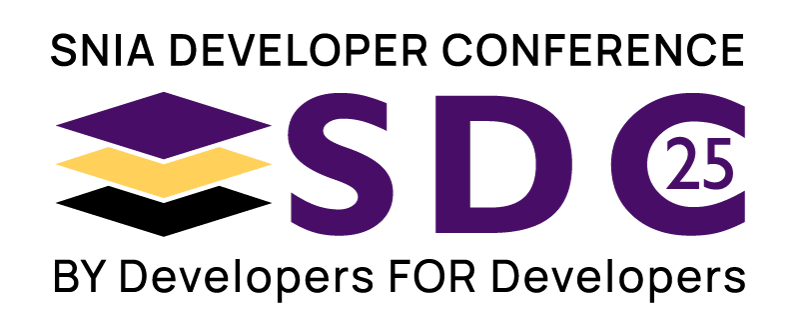
Senior Staff Software Engineer,
Google
Jeff Terrace is a Senior Staff Software Engineer at Google, where he has worked on Google Cloud Storage for the past 12 years. He is a tech lead for GCS's Serving Frontend team, which maintains GCS's XML compatibility API. Prior to coming to Google, he earned his PhD in Computer Science from Princeton University where he studied distributed systems. He currently lives and works from his home in Massachusetts.
0
0
0




